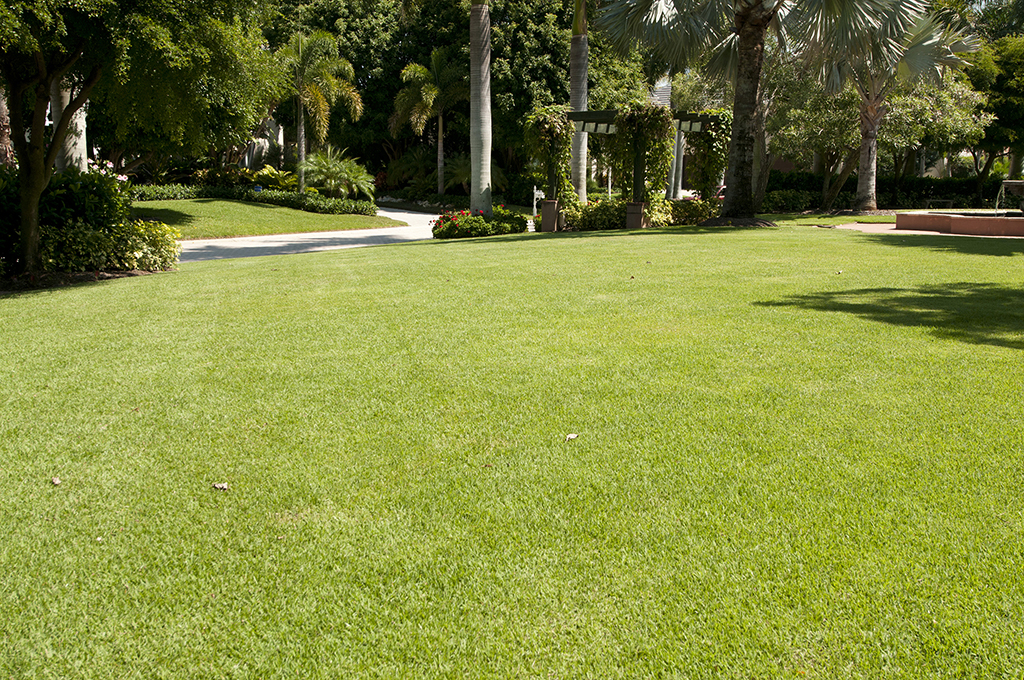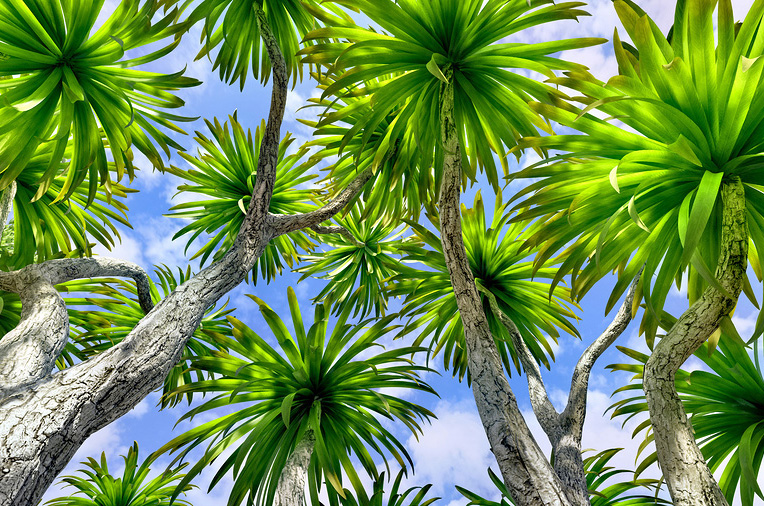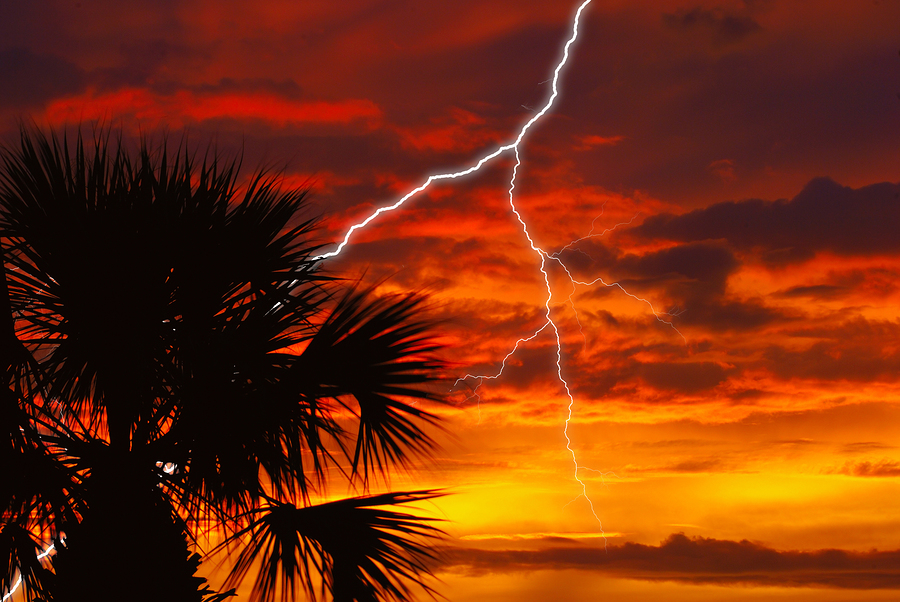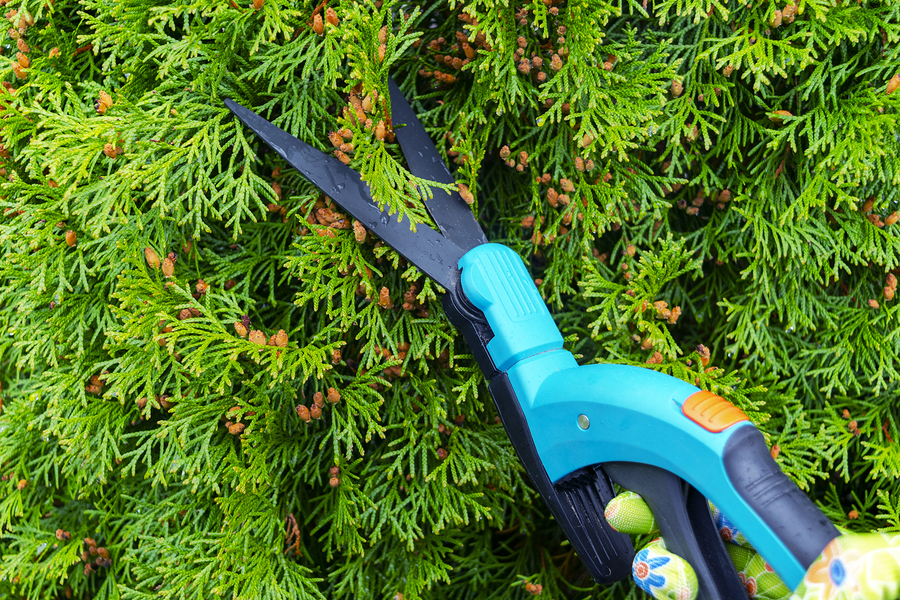The year round heat, dry conditions, rainy summers and poor sandy soil of Sarasota makes keeping large areas of grass and turf healthy difficult. There are many types of grass that can be grown which makes it difficult to choose. On Top of that, South-West Florida has many problems such as pests, diseases, and invasive species which can infest your turf and ruin it. This adds many considerations while planting grass. Florida’s climate is disease ridden and hot there are also issues regarding the proper amount of irrigation and shade. For more information regarding Florida’s complex landscaping situation contact GreenTech Tree and Landscape.
Deciding On Turf
Most people think of lawns as covered by grass, but the industry term customarily used is “turf.” There are a variety of different types of turf to go with, so if you’re someone who is building a home or wants to change the landscape of your current one, among the decisions that will have to be made is what kind of turf to use for your lawn.
Some of the most popular turf choices are the following:
St. Augustine
This is a long, leafy grass choice, and for people with trees, hedges, or other structures on their property, one big bonus of this grass is that it does well in the shade. This grass is a bit delicate with lower temperatures, however, and depending on what happens during the winter, it may go dormant and discolor.
Bermuda Grass
This is often the type of grass people imagine when they think about lawns or, especially in southern states like Florida and Georgia, golf courses. It’s a grass with better drought tolerance, so it requires less frequent watering than others. However, it has poor shade tolerance and can discolor during winter months.
Centipede Grass
If you don’t like mowing the lawn often, you may want to consider this grass. Centipede grass is a slower growing grass, so you don’t have to worry about trimming it frequently, and it has some shade tolerance. However, it’s a delicate grass too, so it responds poorly to wear and requires a lot of iron. It can also brown in the winter.
Zoysia Grass
This grass is adaptable as long as you don’t mind a more robust, denser turf. It has respectable heat and drought tolerance, and it also has a better tolerance to lower temperatures than warm weather grasses. It can still go dormant and brown during the winter months, depending on the temperature conditions.
Bahia Grass
This is a tough grass. It is coarse, has good tolerance to drought, can do just fine in the shade, and is more durable against wear. It also has one of the best tendencies to remain green during the winter months. However, it generates a lot of seed heads, which can impact its look.
Once you have decided on the kind of turf you want and it has been transplanted to your property, you’ll need to take care of it. While you can hire professionals to do that for you, you can still manage it yourself if you don’t have the budget for it.
For each season, turf has different requirements as precipitation and temperature change. While various grasses have varying levels of tolerance to lack of water and temperature, there are a few things you should be doing throughout the year to keep your lawn healthy.
Spring Care
Water the lawn regularly and, because of the time of year, consider leaving the clippings on the turf when trimming it. The natural decay of the clippings will act as fertilizer. However, it would help if you also kept an eye out for weeds attempting to grow alongside your grass.
Summer Care
The biggest concern during the summer season is water stress. All vegetation requires water, but the amount of water it needs to survive and the amount necessary for it to be green and healthy differ. Different grasses will have different tolerance levels for drought before water stress becomes visible.
Try to use at least an inch of water, and ramp this up as temperatures increase. It’s essential, however, to control these water restrictions and take into account the water stress tolerance of your grass.
Autumn Care
Once the temperature decreases, the grass growth rate will slow down. This means that you can water and mow the lawn less frequently. If you’re using an automated sprinkler system, now is also the time to revise your schedule to avoid over-irrigating and paying higher water bills than necessary.
Winter Care
If you have warm weather grass, growth will slow drastically at this point. Depending on how low the temperature gets, dormancy and discoloration may also become issues. The reduced growth may present an opportunity for winter weeds, so be vigilant for those at this time.
Threats To Your Turf
Even with regular maintenance, there are still things beyond your control that can put the health of your grass at risk. For example, if your grass is a warm-weather plant and has poor tolerance for lower temperatures, then unless you take extraordinary measures such as heating your entire landscape, there is little you can do to prevent discoloration and dormancy from occurring during sustained cold periods.
Temperature, however, is not the only threat. Three major environmental factors can pose a risk to your grass.
Lawn Insects
As with other organisms, some insects are predators, feeding on other insects. Still, there are insects that are omnivorous, which means they feed on plants. While insects are a natural part of the ecosystem, most carefully trimmed lawns are not, and they can visibly suffer when a certain number of insects decide your lawn is their next meal. Some insects homeowners should be on the lookout for are:
Mole Crickets
These eat the roots and stay mostly underground, so they can kill a lot of grass and damage the soil as well.
Sod Webworms And Armyworms
These can be found in the grass in the summer, so keep an eye out for them. Their larvae look similar to those of caterpillars and are laid by moths.
Chinch Bugs
Probably the most significant threat, particularly to St. Augustine grass, these tiny bugs are challenging to spot, and they can discolor grass quickly.
Turf Diseases
Grass can get sick, and while that can be the result of fungal invasion, some diseases are a genuine risk. A few of the common ones are:
Mosaic Disease
Another condition to which St. Augustine grass is vulnerable, this discolors and eventually kills grass. It originates from sugar cane.
Take-All Root Rot
This is the result of a fungal invasion. It affects warm-weather turf, making it particularly risky for Florida grasses.
Brown Patch Disease
As the name implies, this is a brown patch, but a fungus causes it.
Lawn Weeds
Weeds will grow in the same environment as grass, so you need to make sure that the weed population doesn’t get out of control. Some common weeds include:
Dollar Weed
This is a broadleaf weed that stands apart from grass and is easy to spot.
Crabgrass
This is a type of grass, making it a competitor for the grass you’ve planted
Bermuda Grass
This is another type of grass that can attempt to displace the grass you’ve planted.
If you don’t remove weeds early, they can proliferate. A professional may be required to remove them once they have become widespread.




